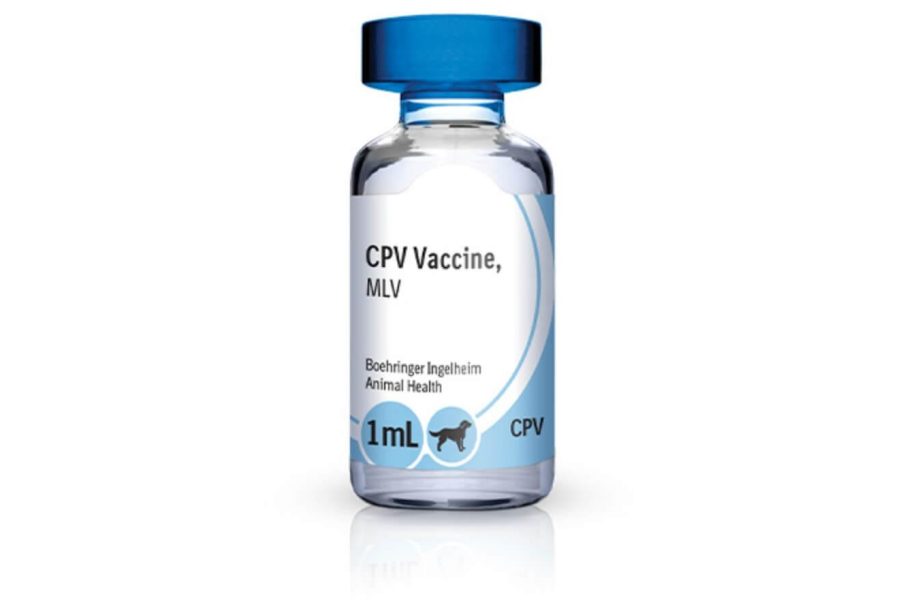Understanding Canine Parvovirus: Symptoms and Prevention

Introduction
Canine parvovirus (CPV) is a highly contagious viral disease that poses a significant threat to dogs, particularly puppies under the age of six months. As a serious health issue, parvovirus can lead to severe illness and, in some cases, death if not treated promptly. The disease primarily affects the gastrointestinal tract and is known for its rapid spread, making awareness and preventive measures crucial for dog owners.
What is Canine Parvovirus?
First identified in the late 1970s, canine parvovirus quickly became one of the most feared viral infections among dogs. The virus is resilient, capable of surviving in the environment for months, which contributes to its widespread nature. It is transmitted through direct contact with an infected dog’s feces or indirectly via contaminated objects such as food bowls, clothing, and even the soil.
Symptoms of Canine Parvovirus
Symptoms of CPV can appear as soon as three to seven days after exposure. Common signs include:
- Severe vomiting
- Diarrhea, often bloody
- Loss of appetite
- Lethargy
- Fever
If any of these symptoms are observed, immediate veterinary attention is necessary. Timely treatment can significantly improve recovery chances, especially if the dog is treated before severe dehydration or complications arise.
Prevention and Vaccination
The best prevention against canine parvovirus is vaccination. The series of vaccinations typically starts when puppies are six to eight weeks old and is repeated every three to four weeks until they are around 16 weeks old. Adult dogs should receive a booster vaccination every three years to maintain immunity, but this may vary depending on the dog’s health and the veterinarian’s advice.
Additionally, proper hygiene and cleanliness can reduce the risk of virus spread. Regularly disinfecting areas where dogs are kept and limiting exposure to potentially infected dogs, especially in dog parks and shelters, are vital preventive measures.
Conclusion
Canine parvovirus remains a serious issue in canine health, but proper vaccination and awareness of symptoms can help mitigate risks. For pet owners, an informed approach is crucial. Regular veterinary check-ups, vaccinations, and being vigilant about their pets’ health can help protect against this severe disease. As we continue to learn more about CPV and its implications, adherence to preventive measures remains a top priority for the well-being of our canine companions.


